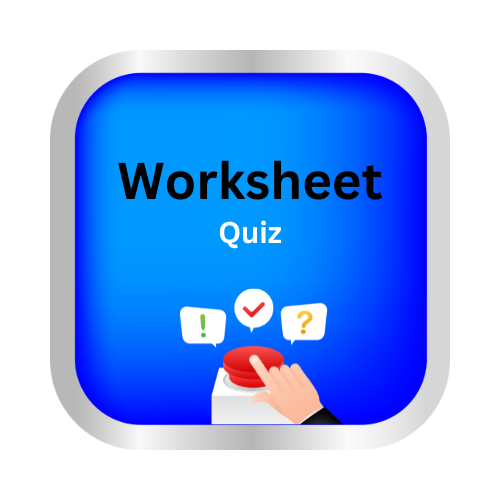Use coordinating conjunctions
Key Notes:
🌈✨ Use Coordinating Conjunctions ✨🌈
| 🔑 What are Coordinating Conjunctions? |
👉 Coordinating conjunctions are joining words.
They connect two words, phrases, or sentences that are of equal importance.
| 🧩 The FANBOYS Trick 🎉 |
There are 7 coordinating conjunctions. Remember them with the word FANBOYS:
- F – For ➡️ gives reason
- A – And ➡️ adds ideas
- N – Nor ➡️ shows negative choice
- B – But ➡️ shows contrast
- O – Or ➡️ shows choice
- Y – Yet ➡️ shows contrast (like “but”)
- S – So ➡️ shows result
| 🌟 Examples with FANBOYS 🌟 |
- For 📝: I stayed home, for it was raining. 🌧️
- And 📝: She likes apples and oranges. 🍎🍊
- Nor 📝: He doesn’t sing, nor does he dance. 🎤🚫💃
- But 📝: I wanted to play, but I was sick. 🤒⚽
- Or 📝: Do you want tea or coffee? ☕🍵
- Yet 📝: It was cold, yet we went swimming. 🥶🏊
- So 📝: She was hungry, so she ate a sandwich. 🥪😋
| 📌 Important Rules 🖊️ |
✅ Use a comma ( , ) before FANBOYS when joining two complete sentences.
- 👉 Example: I was tired, but I finished my homework. ✏️📚
✅ No comma needed when joining just words.
- 👉 Example: I like pizza and pasta. 🍕🍝
| 🎯 Quick Tip |
- ✨ If you can split the sentence into two complete sentences, put a comma before FANBOYS.
- ✨ If you’re joining only words or short phrases, no comma is needed.
Let’s practice!🖊️
Pages: 1 2

